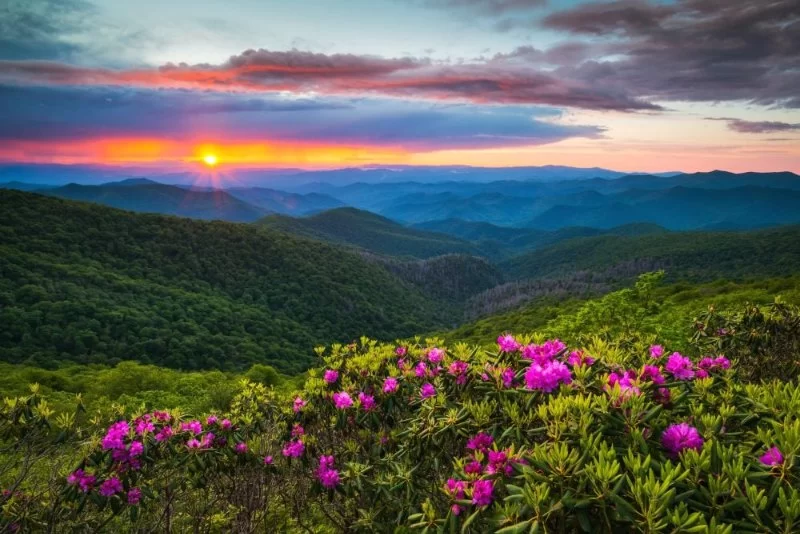
- Best-Time-to-Visit-Overview
- Spring-Bloom-and-Waterfalls
- Summer-High-Country-Cooler-Days
- Fall-Foliage-Spectacle
- Winter-Quiet-and-Clear-Views
- Microclimates-Weather-and-Safety
- Wildlife-and-Wildflower-Calendar
- Photography-and-Scenic-Stops
- Crowd-Avoidance-and-Timing
- 2-Day-and-4-Day-Itineraries
- Where-to-Stay-and-Dine
- Real-Travel-Story
- Planning-Like-a-Pro-with-Refined-Travel
1. Best Time to Visit Overview
If you’re weighing mountain mist versus fiery leaves, A Guide to the Best Time to Visit the Blue Ridge Parkway starts with this truth: there isn’t a single “best” week, only the right season for your style. Spring brings waterfalls at full voice, summer delivers cool high-country air, fall sets the ridgelines ablaze with color, and winter trades crowds for crystalline views. Think of the Parkway as four parks stitched into one ribbon of road—choose the chapter that matches your mood and miles.
2. Spring: Bloom and Waterfalls
From April to early June, rhododendron and mountain laurel step into the spotlight while creeks run high from snowmelt and spring rain. Temperatures climb with elevation changes, so a light jacket is wise even on sunny days. This is an excellent time for waterfall loops near Brevard and Linville, when flow is photogenic and trails are carpeted with fresh green. Crowds are lighter than fall, lodging is more flexible, and wildlife activity makes dawn drives feel like a private safari.
3. Summer: High Country, Cooler Days
June through August is prime for long hiking days and picnic pullouts. While valleys heat up, the Parkway rides a high-elevation thermostat—10–15°F cooler feels like a free air-conditioning upgrade. Blueberry patches ripen, evening fog rolls through the saddles, and music festivals in mountain towns add rhythm to your road trip. Afternoon thunderstorms pop up quickly; plan summit hikes early and keep a flexible schedule to chase the clearest overlooks.
4. Fall: Foliage Spectacle
Late September to early November is the headline act in any guide to the best time to visit the Blue Ridge Parkway. Color moves like a slow-motion wave—first the high peaks, then mid-elevations, then sheltered coves. If your heart is set on peak color, book months ahead and aim for midweek mornings. Expect crisp air, gold-lit overlooks, and the satisfying crunch of leaf-strewn trails. Patience pays at popular stops; let the caravans pass and you’ll have quiet minutes that feel cinematic.
5. Winter: Quiet and Clear Views
December to March swaps wildflowers for silence. On bluebird days, visibility stretches for states, and low sun paints the balds in bronze. Some Parkway segments may close temporarily for ice or snow, but gateways to towns and trailheads remain open. If you crave solitude, this is your season: empty overlooks, wildlife tracks in frost, and rooms with a fireplace priced well below foliage rates.
6. Microclimates, Weather, and Safety
The Parkway climbs and curls through multiple microclimates; a sunny valley can turn to fog two tunnels later. Pack layers, carry water even on short walks, and mind fuel levels—services are spaced out. After rain, wooden steps and roots stay slick, and sunset arrives sooner behind ridgelines than your phone predicts. Treat the road like a trail: slow, steady, with plenty of pull-off pauses.
7. Wildlife and Wildflower Calendar
Spring: trillium and flame azalea frame the paths while black bears emerge—observe from a respectful distance. Summer: butterflies gather at damp trail edges, and high meadows buzz with bees. Fall: migrating raptors ride thermals over the escarpment, a ridgetop show best viewed at mid-day. Winter: leaf-off forests reveal hidden waterfalls and stonework you’ll miss any other time.
8. Photography and Scenic Stops
For sunrise, look to east-facing overlooks above 4,000 ft; for sunset, balds with open western horizons are your friend. Classic stops earn their fame—Mabry Mill’s reflection, Linn Cove Viaduct’s swoop—but lesser-known pullouts reward those who wander an extra bend. Bring a polarizer for glare after storms, and keep a microfiber cloth handy for misty mornings that bead on your lens.
9. Crowd Avoidance and Timing
The Parkway breathes before 9 a.m. and after 5 p.m. Arrive early for marquee overlooks, then slide to side trails as day-trippers arrive. Shoulder weeks (late April, early May; early November) deliver generous light and elbow room. If you must travel prime weekends, reverse the common flow: start with lesser-known segments and loop back to icons near golden hour.
10. 2-Day and 4-Day Itineraries
2 Days—Taste of the High Country: Day 1: Cruise a compact stretch with two short hikes (one to a waterfall, one to a bald), picnic at an overlook, and end with sunset on a ridge. Day 2: Explore a historic site in the morning, then add a moderate loop with panoramic views before a slow descent into a nearby town for live music. 4 Days—Seasonal Deep Dive: Build in weather buffers, stack your “must-see” stops across multiple windows, and plan one “no-drive” day to let the mountains work their reset magic.
11. Where to Stay and Dine
Base yourself near clustered overlooks to minimize backtracking. Lodges and cabins with decks make sunrise coffee an event; in shoulder seasons, wood-stove evenings become part of the itinerary. Local diners and farm-to-table spots serve regional comfort: trout, cornbread, berry pies. Book early for fall weekends; spring and winter often reward spontaneous travelers with deals.
12. Real Travel Story
On a late-October drive, two friends chased color south to north. Foliage was past peak at one overlook, so they pivoted twenty miles and found a sheltered cove glowing like stained glass. A retired ranger at the pullout shared a tip about a side trail to a bald; they caught sunset above a sea of copper ridges and hiked back by headlamp, laughing at their luck. That detour became the heartbeat of their trip—and a reminder that the best time to visit the Blue Ridge Parkway is the moment you meet it with curiosity.
13. Planning Like a Pro with Refined Travel
Want the season to fit you like a custom trail shoe? Refined Travel designs trips around the very details that shape your experience—elevation bands, bloom calendars, crowd patterns, and weather windows. From photography-friendly timetables to foliage-smart lodging holds, our specialists turn A Guide to the Best Time to Visit the Blue Ridge Parkway into a plan you can feel in your bones. Ready to make your mountain story real? Explore tailored options with Refined Travel and map the dates that match your style, pace, and sense of wonder.

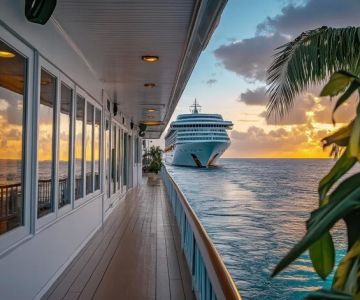





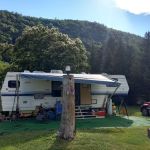 Bit of Heaven Campground5.0 (10 reviews)
Bit of Heaven Campground5.0 (10 reviews)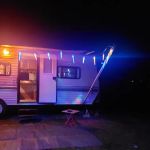 Cedar Valley Campsite4.0 (57 reviews)
Cedar Valley Campsite4.0 (57 reviews) Newark Mobile Home Community4.0 (3 reviews)
Newark Mobile Home Community4.0 (3 reviews)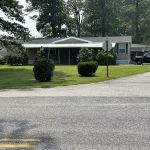 Oakwood Heights2.0 (4 reviews)
Oakwood Heights2.0 (4 reviews) Ausable River Camping MI Site 069W0.0 (0 reviews)
Ausable River Camping MI Site 069W0.0 (0 reviews)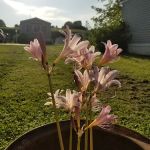 Flint Creek Estates3.0 (10 reviews)
Flint Creek Estates3.0 (10 reviews) Exclusive Travel Packages for First-Class Travelers: A Guide to Luxury Vacations
Exclusive Travel Packages for First-Class Travelers: A Guide to Luxury Vacations Refined Travel Experiences in Southeast Asia: Explore Luxury & Unique Destinations
Refined Travel Experiences in Southeast Asia: Explore Luxury & Unique Destinations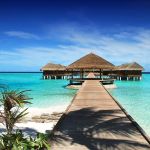 How to Make the Most of Luxury Vacation Deals: Expert Tips for Savvy Travelers
How to Make the Most of Luxury Vacation Deals: Expert Tips for Savvy Travelers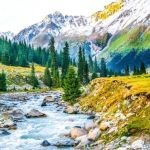 How to Enjoy a Refined Travel Experience in the Mountains
How to Enjoy a Refined Travel Experience in the Mountains Refined Travel Itineraries for Art and Culture Lovers: Explore the World of Art and History
Refined Travel Itineraries for Art and Culture Lovers: Explore the World of Art and History Most Luxurious Destinations for Honeymooners: Top Spots for Romance and Luxury
Most Luxurious Destinations for Honeymooners: Top Spots for Romance and Luxury